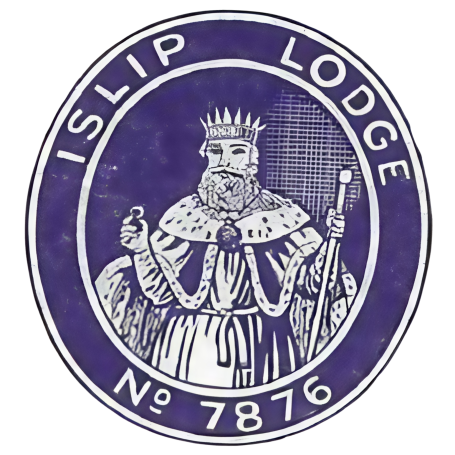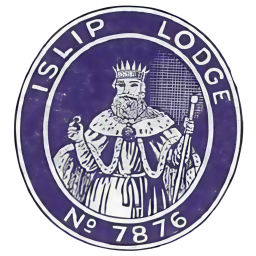What is Freemasonry?
Freemasonry is one of the world’s oldest social and charitable organisations
With its origins rooted in the traditions of the medieval stonemasons who built our cathedrals and castles. It is here that a number of the famous elements of Freemasonry find their roots. In the medieval era, stonemasons often travelled around to find work in different locations. To demonstrate their level of qualification, they would use grips, words and signs in order to distinguish themselves from unqualified builders.
Freemasonry uses building analogies to teach members how to lead productive lives that benefit the communities that they live in. In the medieval era, stonemasons wore aprons and gloves to protect themselves while working on shaping rough pieces of stone, but in today’s society Freemasons meet to build friendships and communities rather than cathedrals and castles.
(Sourced: UGLE WEBSITE)

Freemasons are focused on building themselves as people of integrity, and membership provides the structure to help achieve that goal. Being a Freemason gives members a sense of purpose, supporting and guiding them on their journey through life. Collectively, members are bonded through an understanding of unity and equitability – principles fundamental to Freemasonry.

Freemasonry provides the common foundation for friendships between members, many of which will last for life. Being a Freemason means something different to each person who joins, but whether looking to make acquaintances or develop their own potential, all members share a sense of togetherness that strengthens their ability to succeed and grow.

Freemasonry brings people together irrespective of their race, religion, or other perceived differences that can divide us as a society. Members are expected to be of high moral standing and are encouraged to talk openly about what the organisation does and what it means to be part of it.

Whether participating in events, fundraising for a charitable cause or volunteering for public or community organisations, service is at the very heart of Freemasonry. Our members make valuable contributions by donating time, resources and skills.
Building good people
Building together
Building unity
Service focus

What actually happens at meetings?
Lodge meetings are typically held in two parts. The first involves more administrative procedures, such as proposing and balloting for new members and receiving news about charitable fundraising. The second part focuses on ceremonies, which might relate to areas such as the admittance of new members or the installation of the Master of the Lodge and his officers – a process made up of three degrees, or stages, each marked by a special ceremony.
© Copyright. All rights reserved.
Please be aware while building the site we are using AI images as place holders.
Some information is ported directly from the UGLE website in an effort to comply with Digital Ambassadorship via the UGLE page.
We need your consent to load the translations
We use a third-party service to translate the website content that may collect data about your activity. Please review the details in the privacy policy and accept the service to view the translations.

